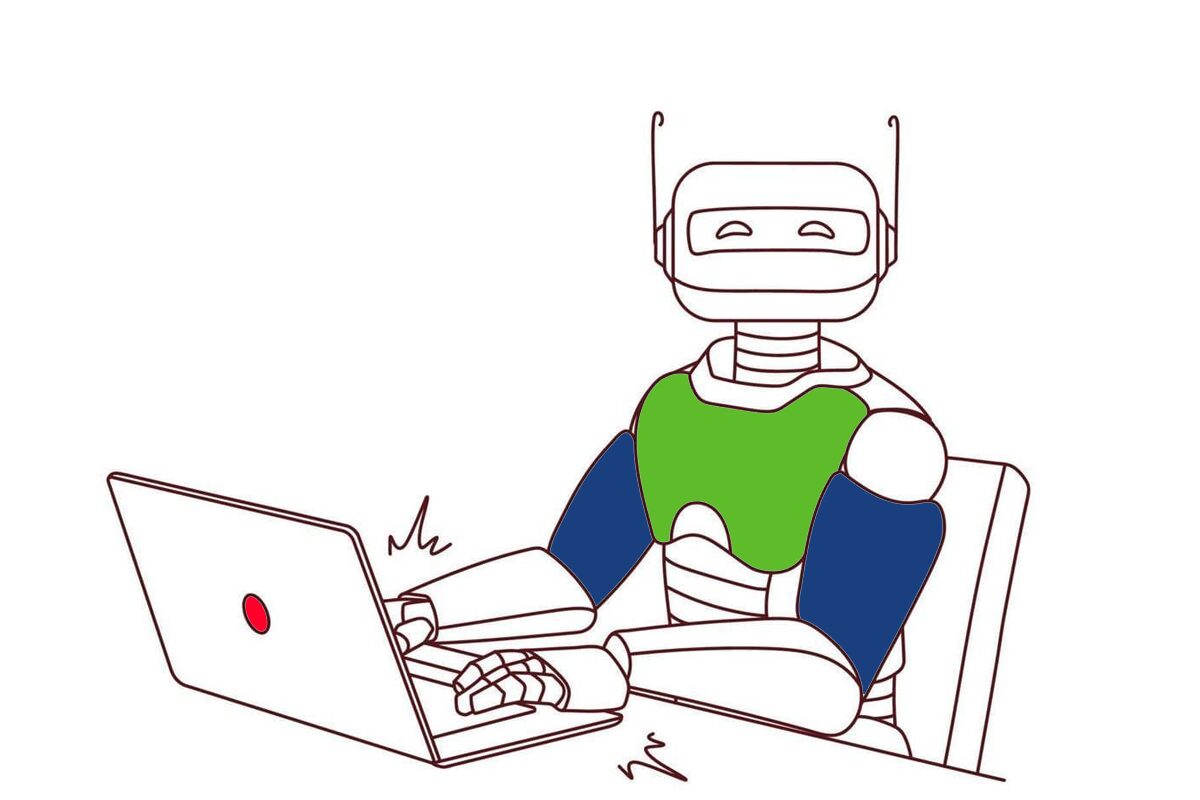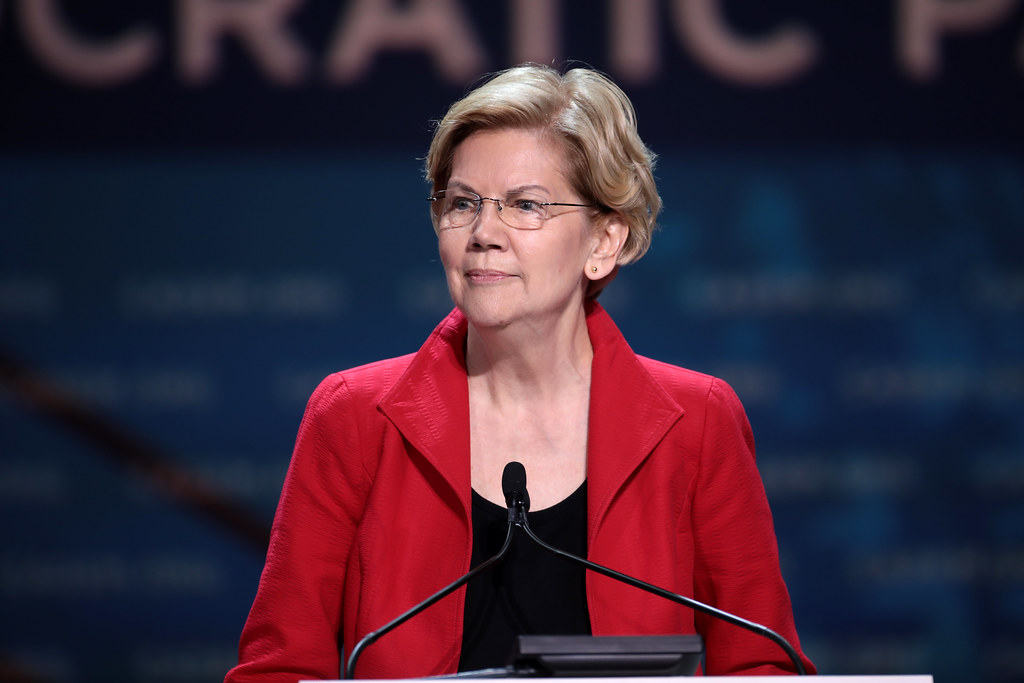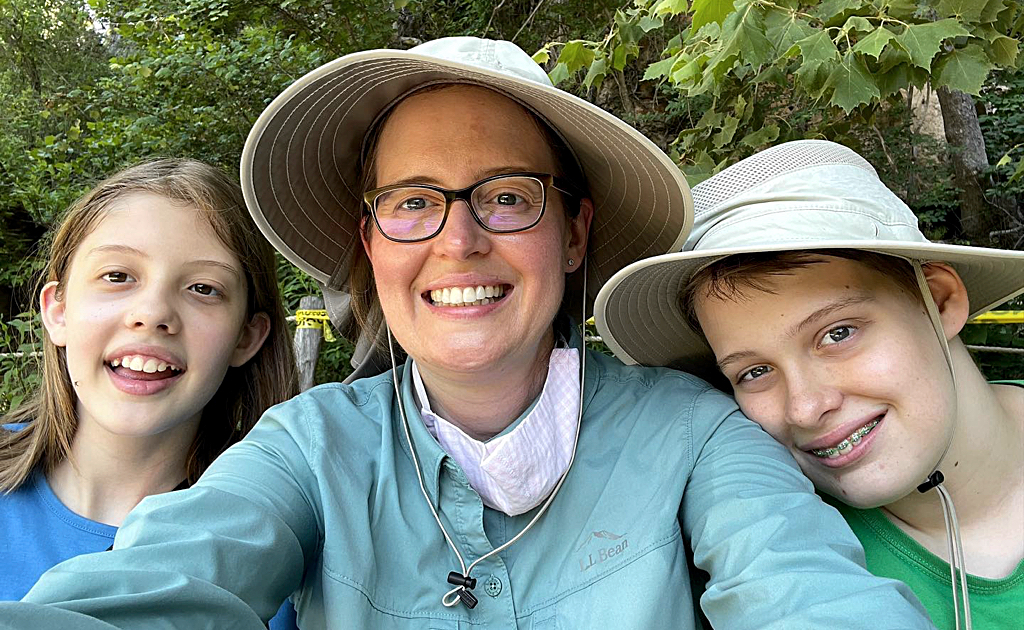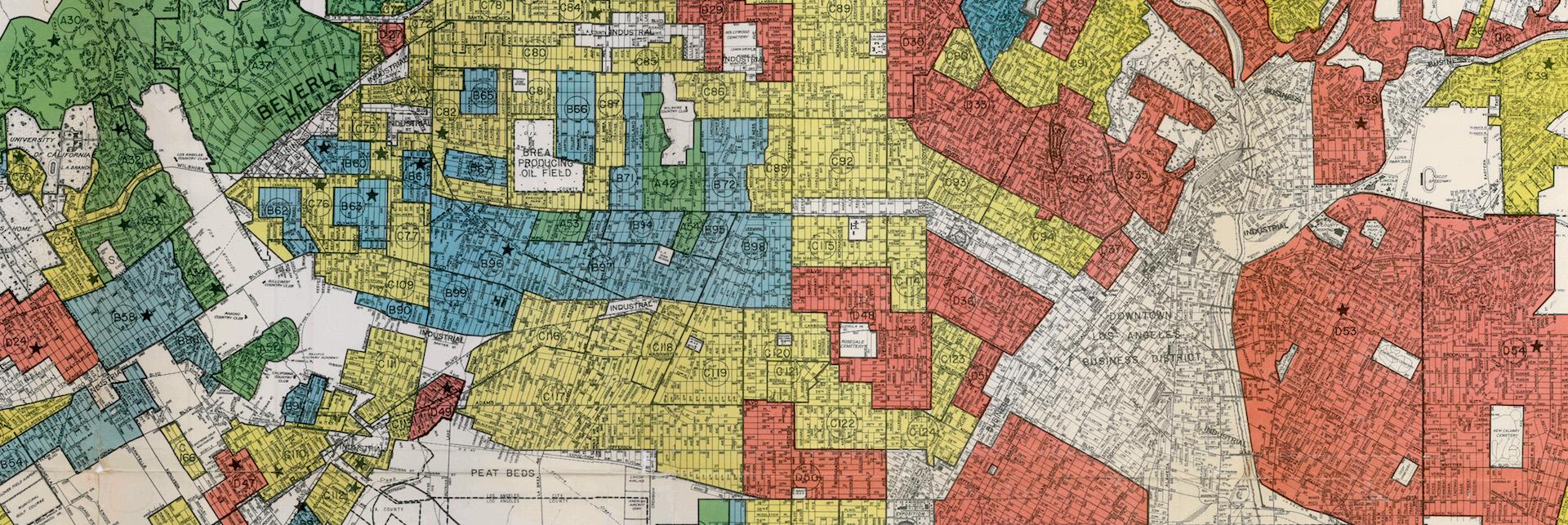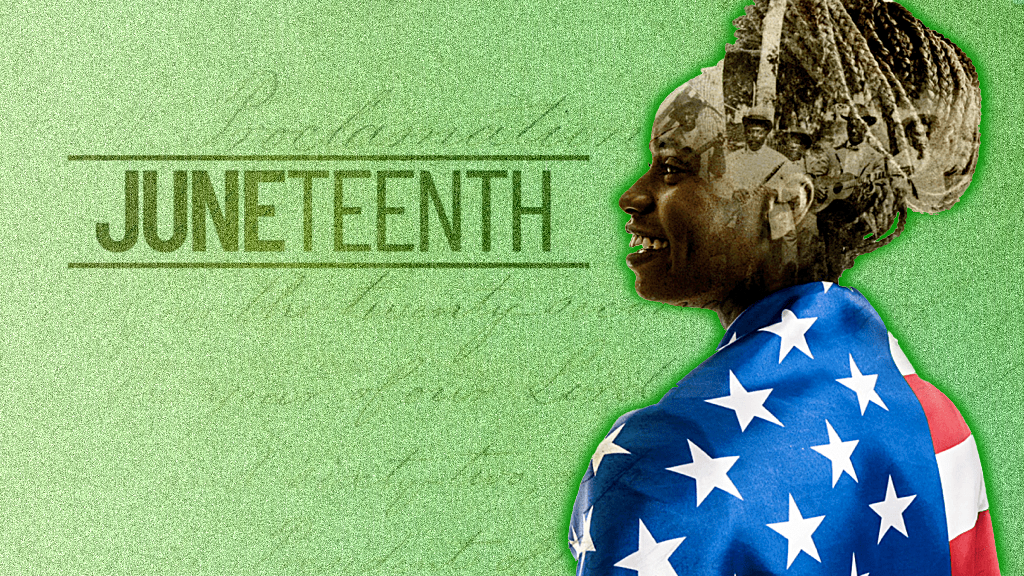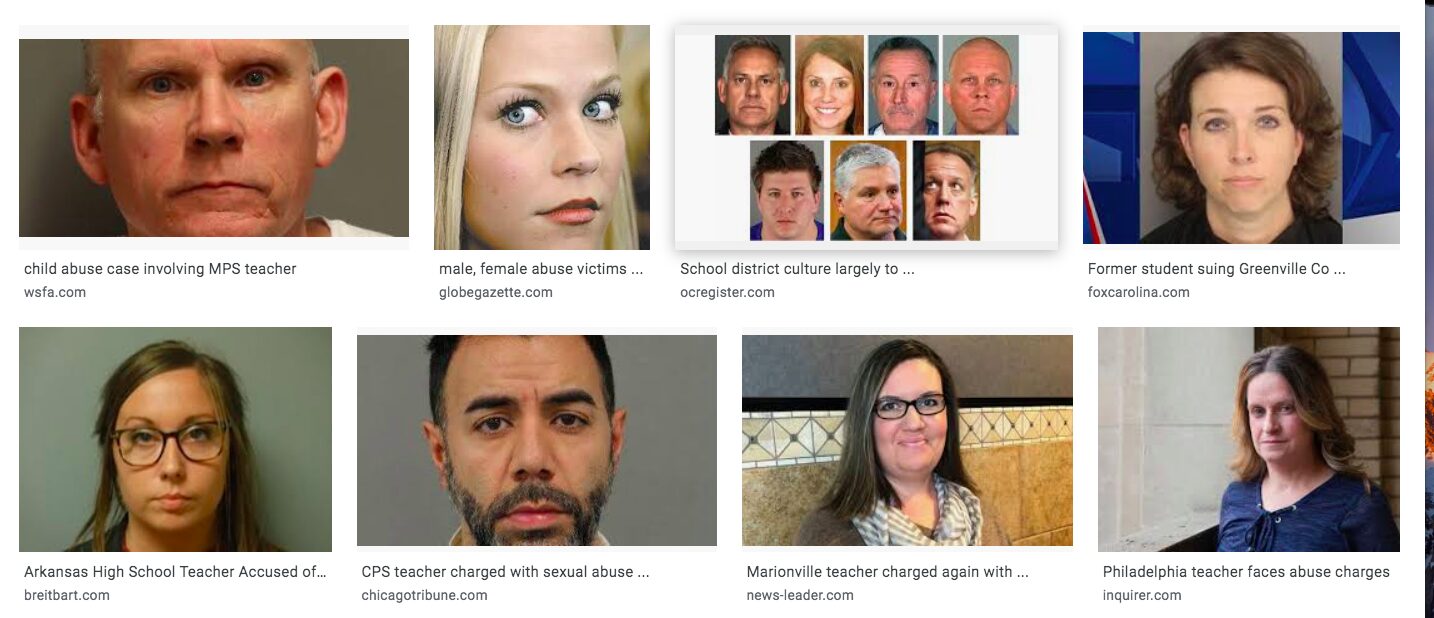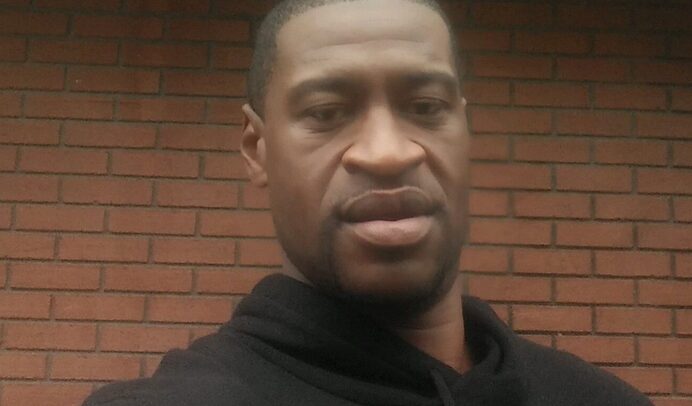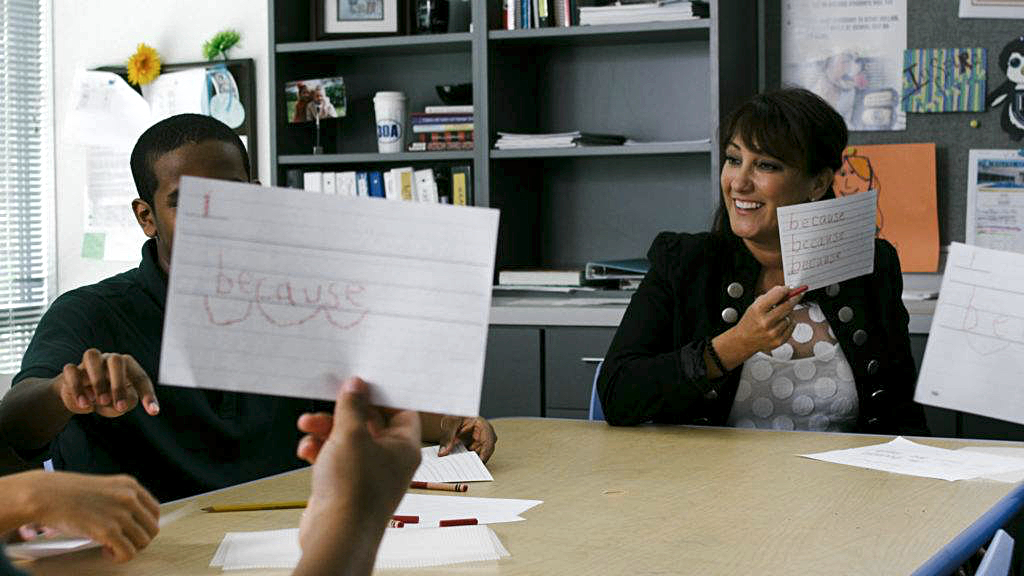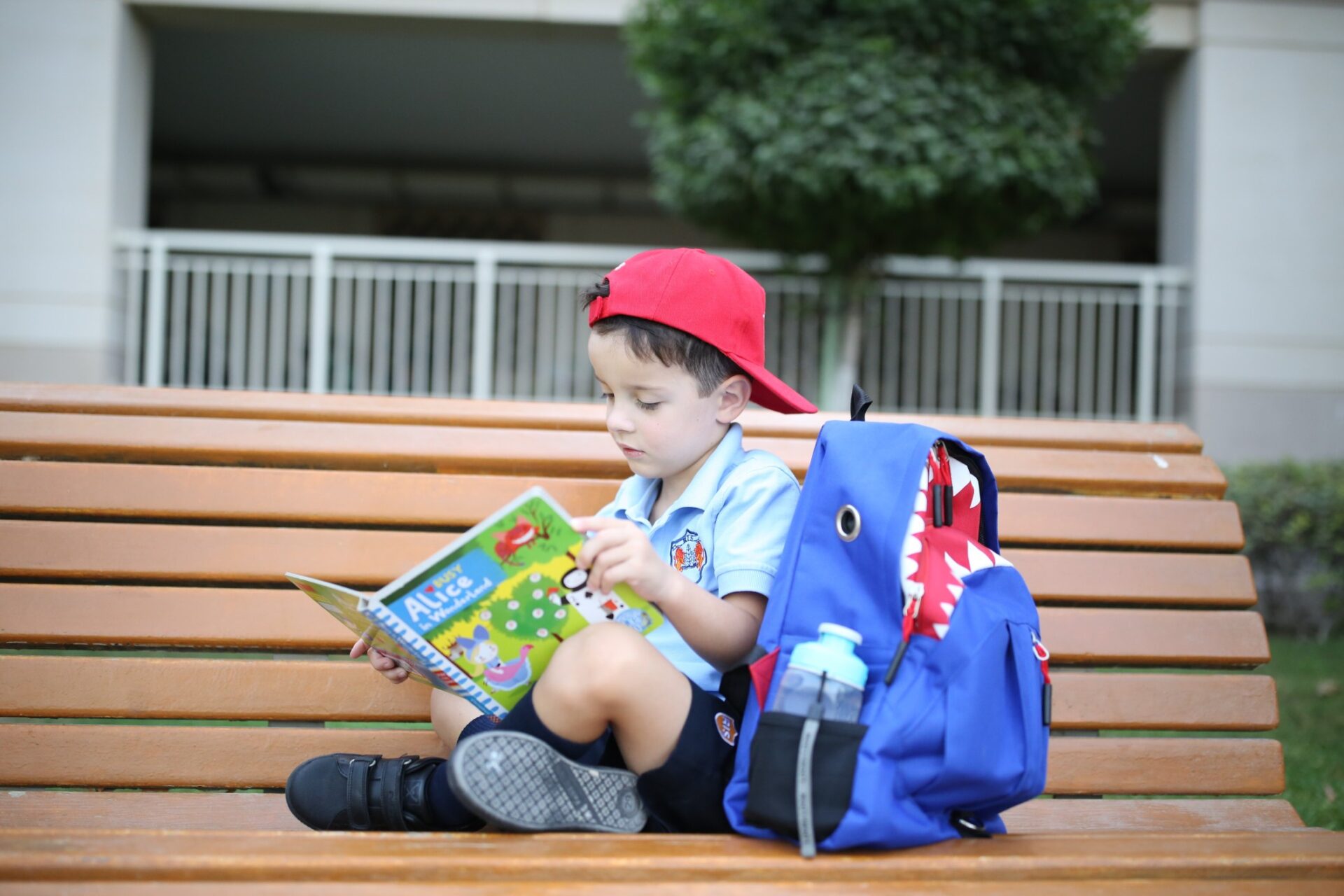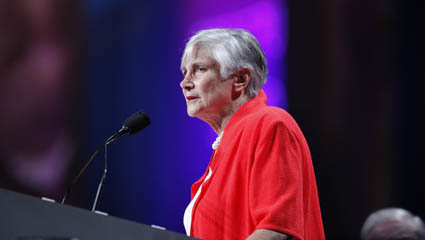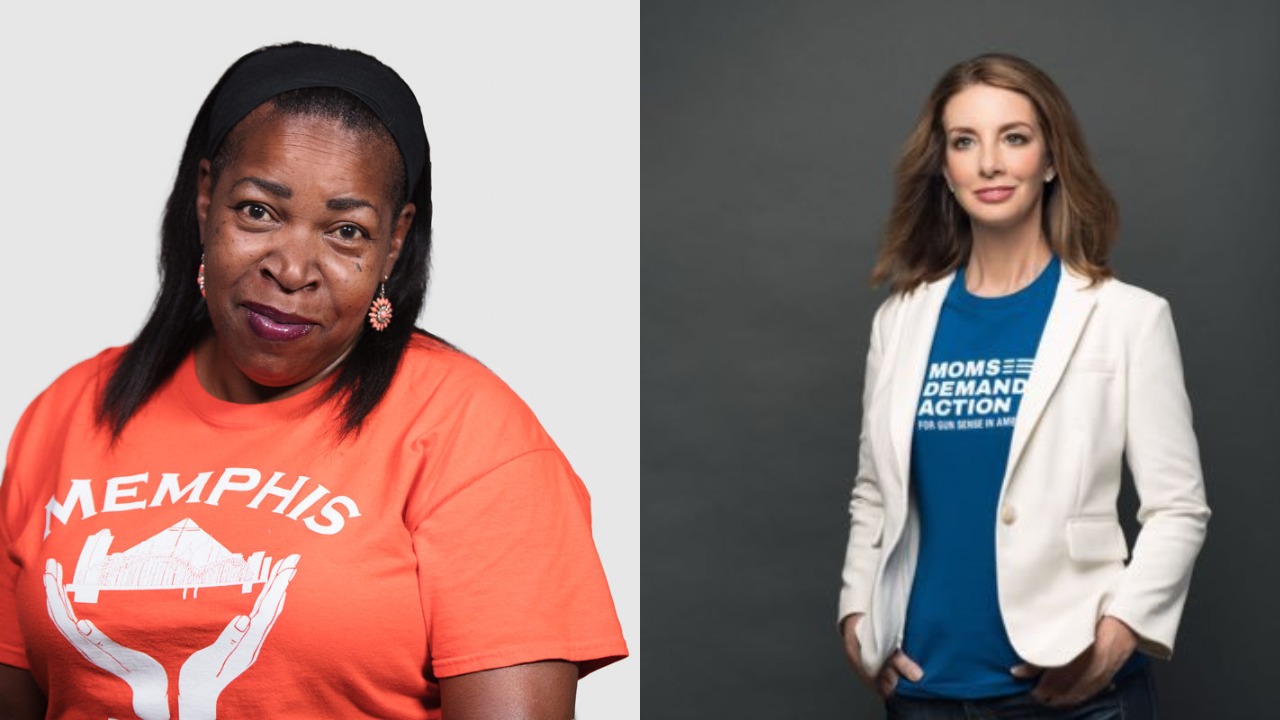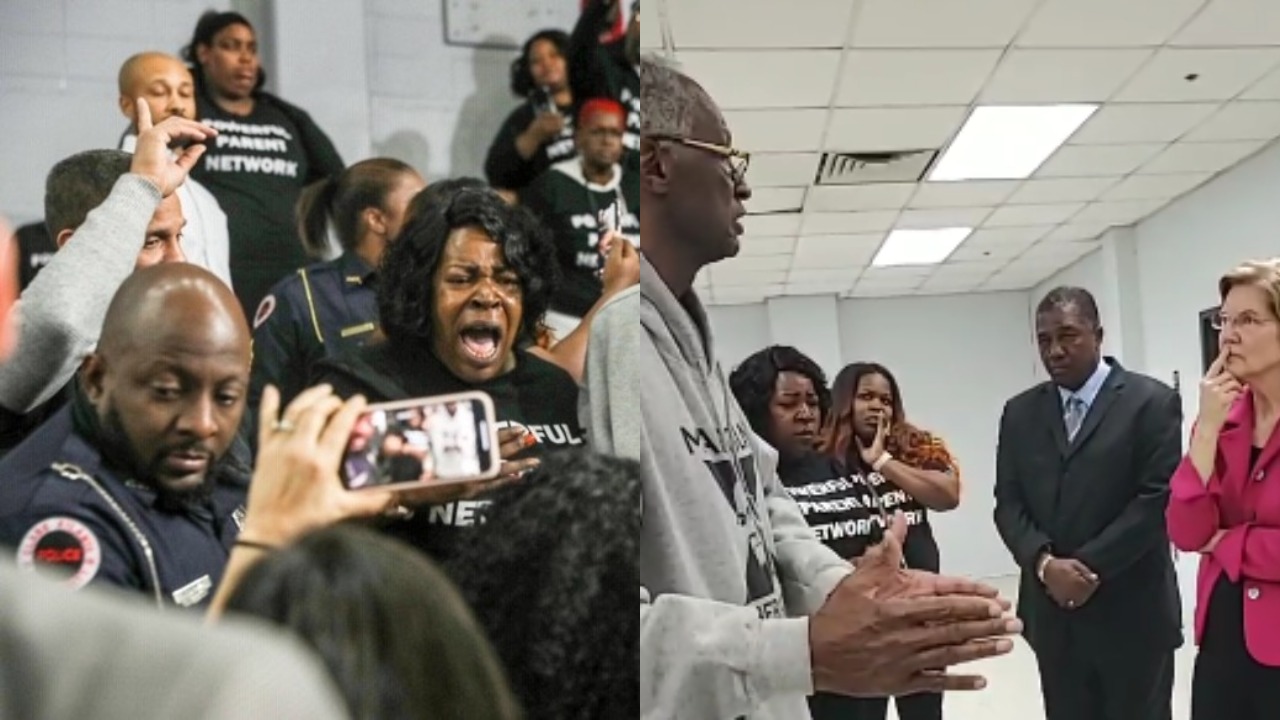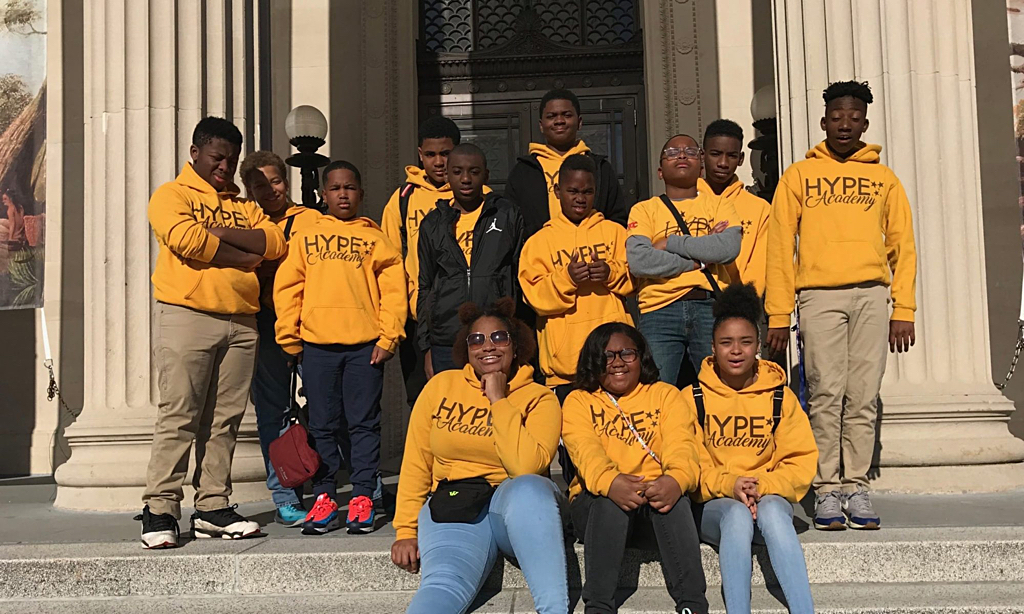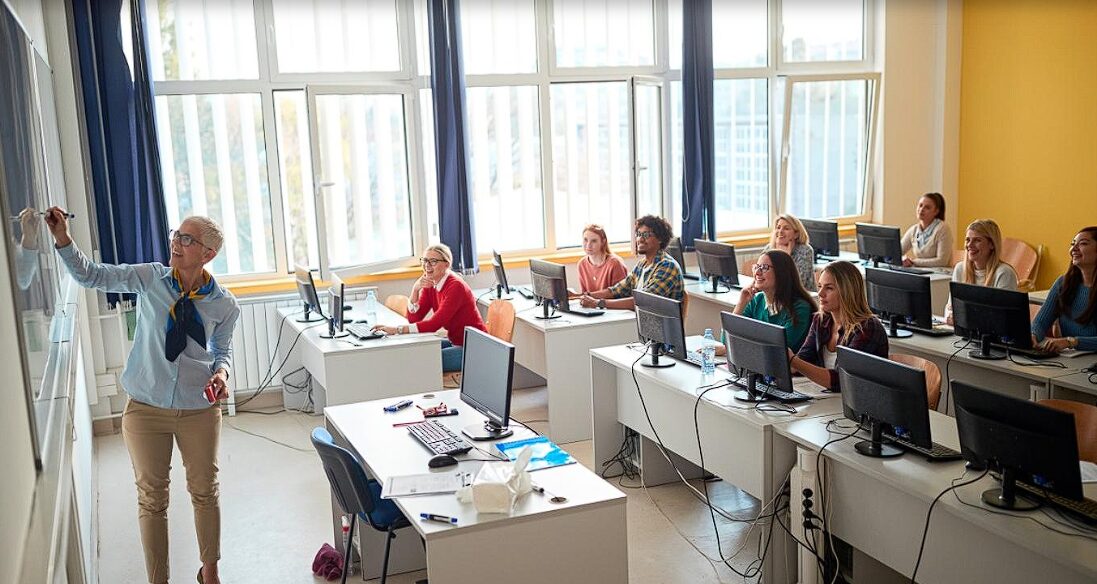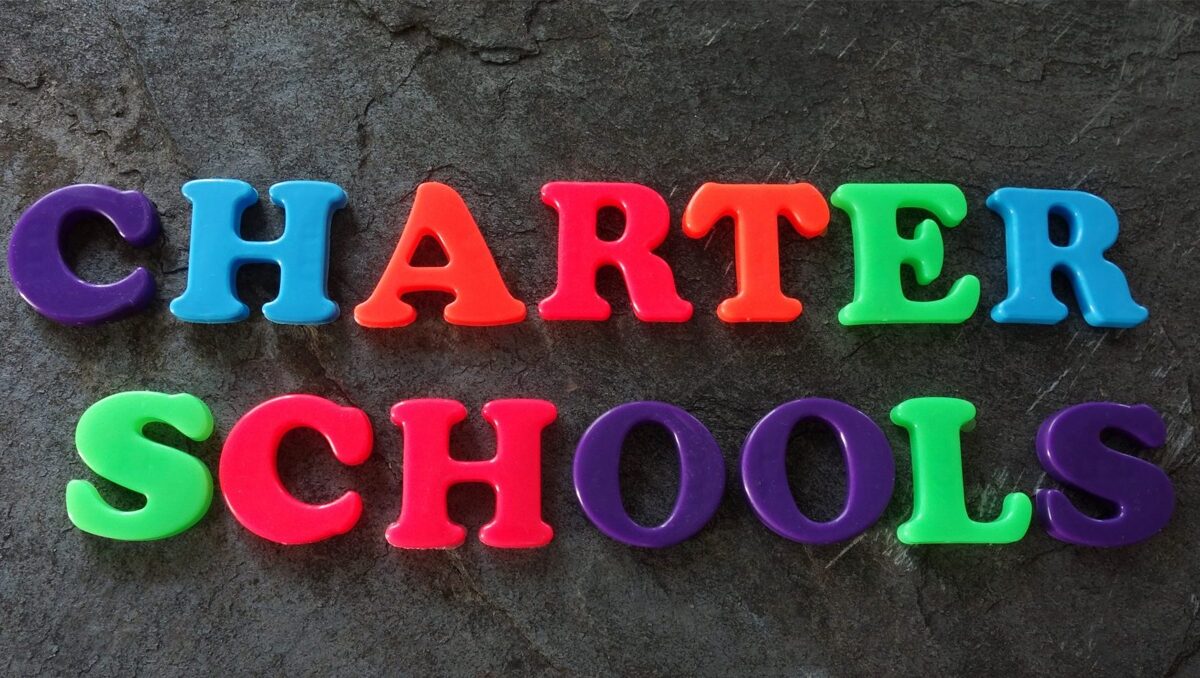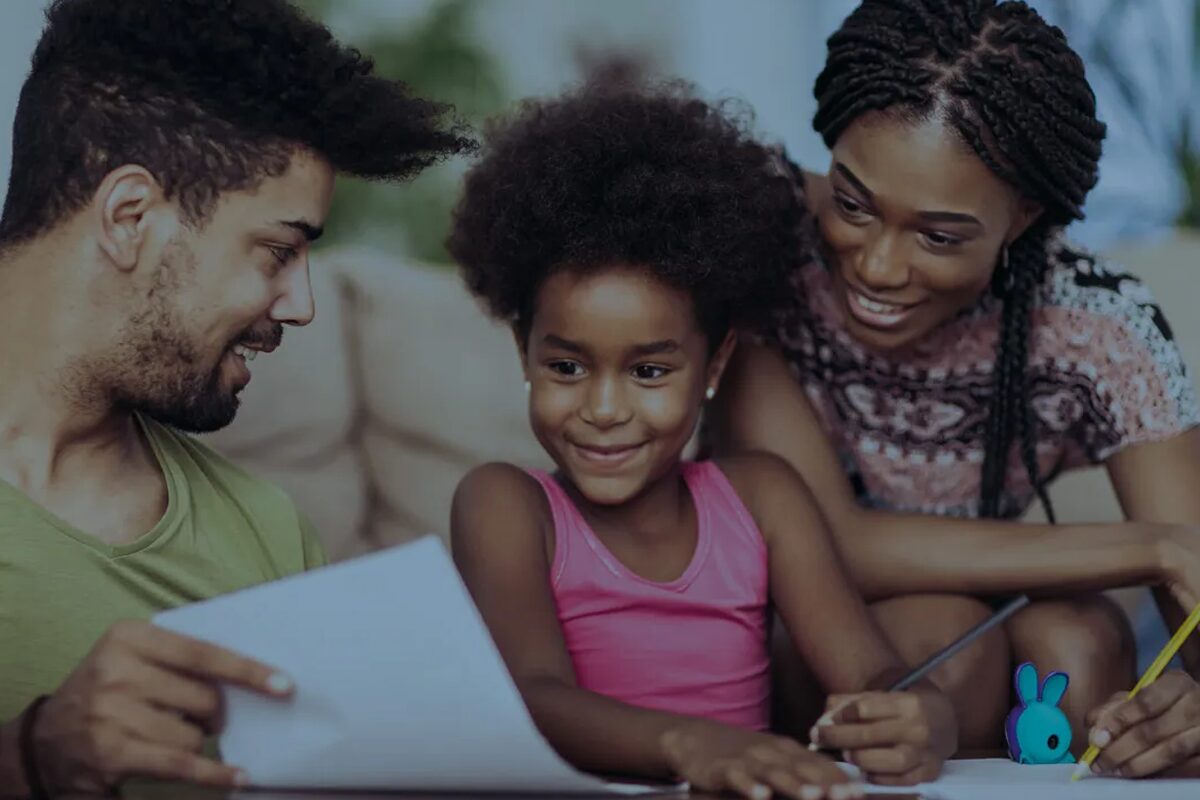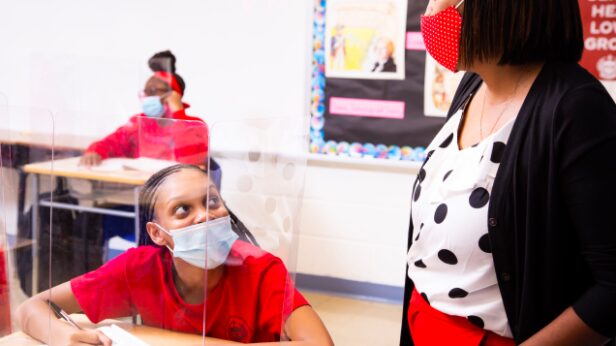
“Watch What We Do to See What We Believe”
If you had told me when I started working in education that we’d face a day when the United States prioritized bars and gyms over children, I wouldn’t have believed you. Yet that day is here. Even as New York Mayor Bill de Blasio recognizes that there is an “unbelievably low level of transmission in our schools”—0.23% as of Monday—he has shut them down. Even in neighborhoods where bars, restaurants, and gyms remain open for business.
Even Governor Cuomo acknowledges, “the problem is not coming from the schools.” And, as pediatrician and professor Dr. Aaron Carroll notes in today’s New York Times, “because schools are not the major cause of the problem, shutting them down won’t do enough on its own to slow the spread of the disease.” So not only does stopping in-person instruction harm children; it won’t bring about the public health outcome for which it is being implemented.
And so, de Blasio’s decision stands in direct contrast to what the data tells us about both COVID spread in schools and about the detrimental impact school closures have on students. Specifically, the data and our own experience show:
- In-person education can be done safely and is not a source of community spread when common-sense health and safety protocols are in place.
- In-person education is vastly superior to remote learning in its educational and psychological benefits to children.
- The harm that interrupted learning causes is catastrophic and long-lasting.
Shutting down in-person schooling—or never re-starting it in the first place, as places like Philadelphia and Fairfax County, VA are leaning towards—neglects the very real needs and challenges our children face. Worse, the impact of these decisions are felt most directly by our most vulnerable students—those who experience the most benefit from in-person schooling and the most harm when it doesn’t happen.
By contrast, an example of what real, child-centered leadership looks like can be found in Ireland. When the virus spiked, pubs were closed, restaurants were closed, people were not allowed to travel more than three miles from home—but schools remained open. The Irish government was clear that job losses would result in these tough calls—but this nation that used education to crawl out of poverty a generation ago has prioritized keeping schools open now. The result: students learning continues while a six-week shutdown of other areas of life halved community spread.
Public school districts in the U.S. are also proving that we can provide students in-person learning with no virus transmission in schools. In one example, The Washington Post profiled Bethlehem, Pennsylvania public schools. The district, like so many Catholic schools around the country, have been back in class for months with no in-school transmission and priceless hours of in-person instruction.
One of our mantras at Partnership Schools comes from activist Sr. Helen Prejean, C.S.J., who says: “I watch what I do to see what I believe.” Across the country, some public education leaders’ actions suggest that they don’t believe education is essential.
At Partnership Schools and in Catholic schools around the country, by contrast, our actions point towards one clear conclusion: education is not optional, it is essential. This simple but strongly-held belief, translated into action, means that we have put all our energy into finding a way to safely open our schools and keep them open for the young people we serve. And that, we believe, will make a real difference.
This piece first ran here at Partnership Schools.
